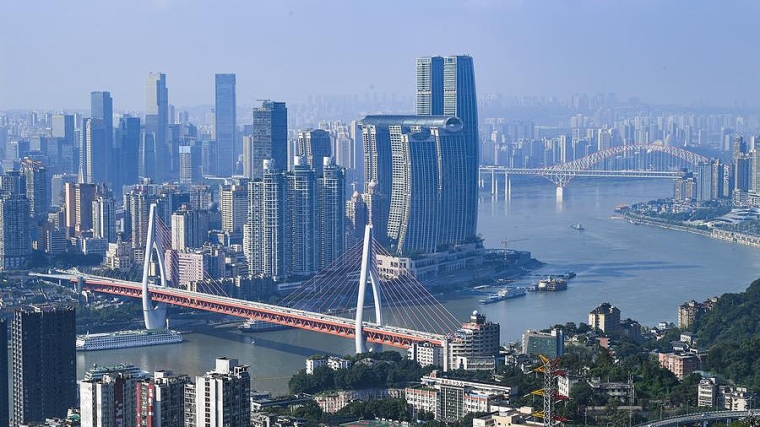
By Mark Tanner*
When people think of China’s economic powerhouse cities, it’s likely that the tier 1 megalopolises of Shanghai, Beijing, Shenzhen and Guangzhou come to mind. Yet in the first half of this year, it was the dark horse of Chongqing that pipped Guangzhou to have the fourth-highest city GDP in China.
Chongqing is the largest municipality in the world, with a population of over 30 million across an area the size of Austria. Its economy is on track to continue outgrowing much of China. Its growth is being driven by some of China’s hero industries such as EVs and logistics, due to its well-networked location in Western China. At $400 billion+ a year, Chongqing’s GDP is similar to Vietnam and Malaysia, justifying some attention from brands.
China Skinny has worked on numerous localisation projects in Chongqing and our findings consistently highlight how different Chongqing consumers are from cities like Shanghai, Beijing and other big cities. It is further confirmation of the importance of localizing China beyond a general China-wide context.
Few cities in China boast a setting as beautiful as Chongqing. Centred at the confluence of the Yangtze and Jialing Rivers, Chongqing’s steep hills rise dramatically from the rivers, with densely-clustered towers and temples clinging onto the steep topography. Impressively-engineered roading and rail infrastructure connect the city, dotted with stairways which locals and traders have used for millennia.
The rugged terrain sees Chongqing known as the “mountain city.” Its landscape has shaped the way its consumers behave. You don’t see bikers or loan bikes everywhere like in China’s flatter cities, yet the surrounding ranges see Chongqing residents among China’s most enthused about the outdoors. Alongside its neighbouring city Chengdu, Chongqing consumers have more checkins for outdoor sports on Douyin than any other Chinese city.
Even more famous than its mountains, is Chongqing’s passion for spicy food and hot pot. Food and beverage brands should consider this when determining hero products to market in the city. One of the most famous examples is Starbucks, which offers an extra-spicy Chili Mocha on its Chongqing menu, in addition to embracing local cultural elements, architectural styles and local art into store designs.
Another characteristic of Chongqing is its weather. Known as one of China’s three furnaces, 三大火炉 (Sān dà huǒlú),referring to the cities’ especially hot and oppressively humid summer weather. The hot weather impacts everything from consumers’ fashion, skincare and lifestyle choices, to ice cups, drink sizes and ice cream purchases. Yet a less obvious consideration for marketers is the impact that Chongqing’s humidity has on products, which should be factored into packaging, function and storage decisions.
Chongqing consumers’ uniqueness from other Chinese mega cities doesn’t stop at their product preferences, but also how they research and purchase them. Chongqing consumers are much more likely to use platforms such as Kuaishou and Pinduoduo than those in Shanghai, for example. They are also much more price sensitive, which should be factored into the localised marketing strategy.
Chongqing is just one of many Chinese cities hosting thousands or even millions of potential customers for your brand. But a generic China-wide approach to marketing will likely see it lack relevance to a consumer who is starkly different from other regions in China. Localising for cities like Chongqing often doesn’t require a complete rejig of your strategy, but an element of localisation will generally be the difference between success and not in the city.
*Mark Tanner is the CEO of China Skinny, a marketing consultancy in Shanghai. This article was first published here, and is re-posted with permission.

We welcome your comments below. If you are not already registered, please register to comment
Remember we welcome robust, respectful and insightful debate. We don't welcome abusive or defamatory comments and will de-register those repeatedly making such comments. Our current comment policy is here.